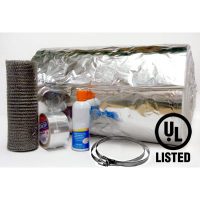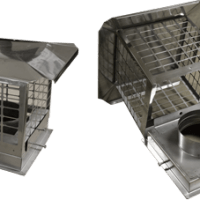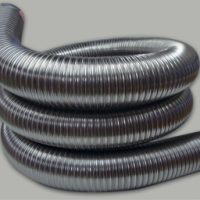Author: Pat Johnson
One of the most common health issues that plague our society is dehydration. Most of the tissue in the body is composed of water. If it loses the water, the tissue dries up. It’s elasticity goes, and with it function declines. Besides dry skin, the symptoms of dehydration include chronic joint and muscle pain, raspy throat, sore eyes and lack of mental concentration.
There are two ways to combat dehydration, and both are essential; drink a lot of water, and maintain the relative humidity in the home and office at comfortable levels with the use of a furnace humidifier.
How does humidity AFFECT our health?
Conditioning the amount of moisture in the air with a furnace humidifier is necessary for your family’s health. Dry air in your home can make your throat feel dry, and cause or aggravate respiratory ailments.
Inadequate humidification during cold weather is one of the major causes of respiratory infections. The heating seasons causes people to begin having repeated attacks of winter colds. Winter is blamed for these problems, but the actual cause is dryness, which develops in the membranes of the nose, throat and bronchial tubes. Relative humidity also has a significant effect on controlling the occurrence of airborne infections.
The one thing we can do about alleviating some of the discomfort of colds, dry noses and dehydrated skin is to install a humdifier in the home, where we spend most of our time. Actually, for many, dry air is an air-quality issue. Dry air promotes the growth of some bacteria, viruses and respiratory irritants that in sensitive individuals cause conditions worse than dry skin. Adequate moisture enables the body’s immune system to defend better against indoor respiratory pollutants and irritants.
How will a furnace humidifier affect your comfort?
Humidity in the home will affect your comfort. Since the air in your home is always trying to reach its saturation point, it will absorb water wherever it’s found, that means it is stealing moisture from the bodies of you and your children, your pets, your furniture and even your house plants. By giving up moisture to the air, your skin, throat and nasal passages dry out and crack leading to various physical discomfort. That’s why many doctors recommend furnace humidifiers for allergy and asthma sufferers.
How does humidity AFFECT my house?
Virtually everything in your home made from wood contains some moisture. As dry air sucks that moisture out, the wood shrinks and cracks. Hardwood floors separate at the seams, furniture shrinks and cracks, and doors warp and no longer fit their frames as the moisture is drawn off.
Also, perhaps the most annoying effect of dry indoor air is static shock. How many times have you shuffled across the carpet, only to be rudely surprised by the crackle of static as you reach for the light switch! It’s no fun when it happens to you, and even less so when you reach out and “zap” a loved one. With the capacity to hold a static charge up to 20,000 volts, your body can also wreak havoc on home computers and other sensitive electronic devices. By maintaining indoor relative humidity at 35 percent or higher with the use of a humidifier, static shocks are greatly reduced.
Are there any other BENEFITS to installimg a furnace humidifier in the home?
Yes! Proper relative humidity helps you save energy costs. Warm, humid summer air feels hotter than it actually is because of the moisture it contains. That same principle applies to your home in the winter. By keeping the relative humidity inside your home at an ideal level, you can turn your thermostat down a few degrees and still feel comfortable. Dialing down your thermostat just three degrees can reduce your heating bill by as much as 5%.
About the Author:
Pat Johnson – President of Enviro-Pure Air Care Duct Cleaning and Furnace Humidifier installations, located in Ottawa, Ontario, Canada Visit their furnace hmidifier page at Furnace humidifiers Ottawa






